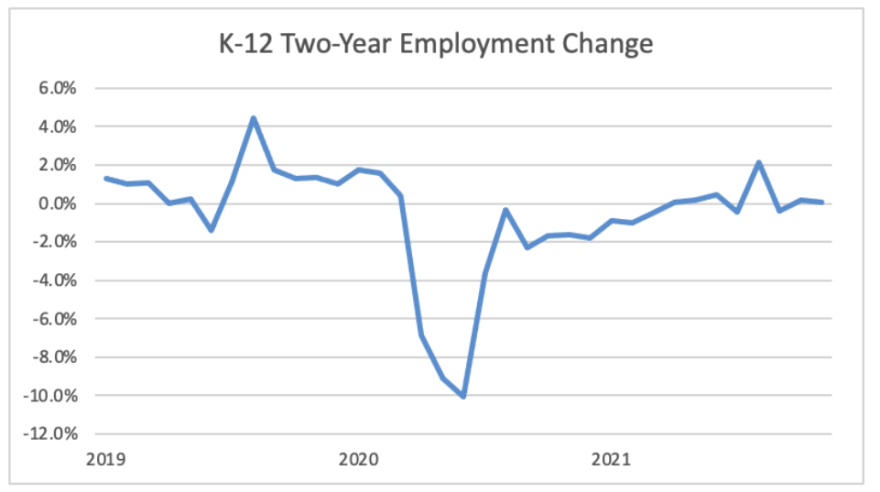On Monday, Gov. Spencer Cox announced state employees could receive up to 30 hours paid time off to fill in as substitute teachers or other school staff.
It’s one of several measures aimed at easing current staffing issues schools are facing, which have led to delayed bus routes, fewer lunch options and teachers scrambling to fill in for colleagues.
Districts have responded by increasing wages for subs and other staff positions, offering bonuses and appealing to parents and other community members. The Weber School District said it was giving people an extra $50 if they “refer a friend” to fill in.
For some, the moves have brought more people in. About 40 parents signed up to sub in the Murray City School District following its request shortly after the winter break, according to spokesperson Doug Perry.
Steven Swenson, a parent of three young kids with a flexible job in real estate, said he signed up because his daughter’s teacher called in sick after the break and he could see staffing issues were going to continue piling up.
He taught second grade for the first time in his life last week. He said it was harder than he thought, largely because of the logistical challenges of keeping a room full of young kids focused while doing mostly computer work.
“Kids were constantly needing somewhere to plug their computers in,” he said. “I guess they're used to it and they just go and sit on the floor and plug their computer in, just gotta be able to find them a charger somehow. That was interesting.”
Swenson said he’ll fill in again, particularly as the experience showed him just how much support teachers need right now.
But economic trends suggest simply asking people to step in when possible won’t be enough to solve the deeper issues with staffing shortages across the economy.
Mark Knold, chief economist at the Utah Department of Workforce Services, said the core issue is that population growth is lagging far behind economic gains. In 2021, U.S. population growth slowed to the lowest rate in the country’s history.
While Utah’s population is growing faster than almost anywhere else, it’s also one of only four states in the country that has more jobs now than before the pandemic. The state’s unemployment rate has also reached a historic low of 1.9%, with the available jobs far outnumbering people who can fill them.

Knold said that creates more demand for labor, giving people more options to land higher paying jobs. It also puts the most pressure on jobs at the lower end of the pay scale, such as substitute teaching and other part-time school positions.
So until those deeper population issues are addressed, either with things like automation or increasing immigation, Knold said the state may get to a point where policymakers have to invest more heavily in those low-paying positions.
“The marketplace, the way it solves problems like this and moves people into jobs or out of them is via wages,” he said. “The question is, can certain businesses play that game? Even though [a school is part of the] public sector, it does have to respond to how the private sector is functioning and paying all around it.”





